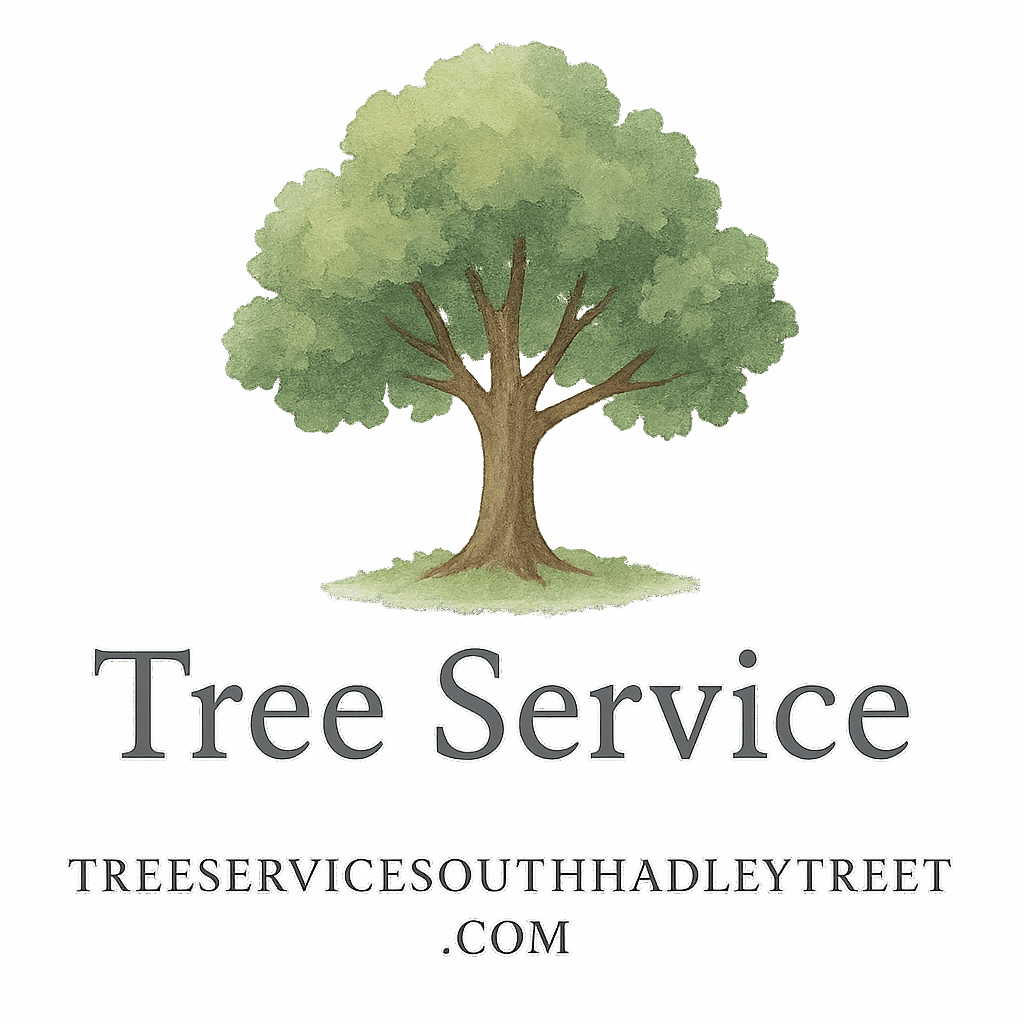Want to know the secret sauce behind healthy, happy trees in South Hadley? It’s not always pruning or watering—it’s mulching! Yep, that simple layer of material you spread around a tree’s base can do wonders. If you’re not already mulching your trees, you’re missing out on some serious benefits.
Let’s dive into the six powerful reasons mulching helps South Hadley trees thrive, and why your yard might thank you for it.
What Is Mulching and Why Should You Care?
Mulching is more than just tossing bark chips at the base of your tree. It’s a strategic move to promote health, growth, and beauty. Whether you’re dealing with emergency seasonal tree service needs or just want to step up your tree game, mulching is your first line of defense.
It involves adding organic or inorganic material around the tree base to enhance soil conditions, retain moisture, suppress weeds, and more.
Reason #1: Mulch Retains Moisture Like a Sponge
Combatting Dry South Hadley Summers
South Hadley’s climate can be unpredictable. One week it’s raining cats and dogs, the next—it’s bone dry. Mulch acts like a sponge, holding onto moisture and slowly releasing it into the soil.
Conserving Water Without Lifting a Finger
Watering trees frequently can feel like a chore. With mulch, you reduce the need for constant watering. This can be a game changer for older residents or anyone looking to save on water bills.
Check out tree health and safety tips to see how this integrates with other best practices.
Reason #2: Mulch Keeps the Soil Temperature Stable
Insulation Against Heatwaves and Frost
Mulch works like a blanket, shielding your tree roots from temperature swings. South Hadley sees all four seasons, and that means trees need protection against both summer heatwaves and winter frost.
A Comfortable Home for Roots
Think of tree roots like your feet. Would you want to walk barefoot on scorching pavement or frozen ground? Of course not. Trees don’t want that either. Mulch keeps their “feet” cozy year-round.
Reason #3: Natural Weed Control
Why Weeds Hurt Tree Health
Weeds aren’t just ugly—they’re hungry competitors. They steal water, nutrients, and space. For young or struggling trees, that competition can be deadly.
How Mulch Acts as a Weed Shield
A thick layer of mulch (around 2–4 inches) creates a barrier weeds just can’t penetrate. Less weeding for you, and more nutrients for your trees. It’s a win-win.
Don’t forget to explore our tree service basics for a full maintenance checklist.

Reason #4: Mulch Improves Soil Health Over Time
Boosting Soil Microbes and Nutrients
Organic mulch breaks down over time, adding nutrients back into the soil. This helps foster a rich ecosystem of beneficial microbes—nature’s underground workforce.
The Power of Organic Matter
Soil with a healthy layer of organic matter holds water better, supports stronger roots, and grows hardier trees. You can see more on this in our tree service costs and hiring guide.
Reason #5: Preventing Soil Compaction and Erosion
Heavy Foot Traffic? No Problem
In popular walking paths or play areas, soil gets compacted quickly. Compacted soil can suffocate roots. A layer of mulch cushions the ground and reduces compaction.
Erosion? Mulch Has Your Back
Whether it’s rain or wind, bare soil washes away fast. Mulch anchors the soil in place, helping maintain root structure and nutrient levels.
Reason #6: Mulch Prevents Mechanical Damage
Guarding Against Lawn Equipment Injuries
Lawnmowers and weed whackers are dangerous to tree trunks. They nick the bark, expose the wood, and create entry points for pests and disease.
Safer Trunks, Healthier Trees
A proper mulch ring discourages people from mowing too close. That space acts like a safety moat around your tree.
Want more prevention tips? Explore our tree removal and trimming section.
Best Mulch Types for South Hadley Trees
Organic vs Inorganic Mulch
Organic mulches (like bark, wood chips, leaves, and straw) improve the soil as they decompose. Inorganic ones (like gravel or landscape fabric) don’t, but they last longer. For most trees, organic mulch is the top choice.
Mulch Materials to Avoid
Avoid dyed mulch, rubber mulch, and anything that smells like chemicals. They can leach harmful substances into the soil. Trust your nose and go natural.
See more comparisons here: tag/comparison
How to Apply Mulch Properly (And What Not To Do)
Step-by-Step Mulching Tips
- Clear away weeds and grass.
- Spread mulch in a donut shape—2-4 inches deep and at least 3 feet wide.
- Keep mulch 3-6 inches away from the trunk (no volcanoes!).
- Refresh annually.
Common Mistakes to Avoid
- Too much mulch: Suffocates roots.
- Mulch volcanoes: Encourages rot and pests.
- Wrong material: Stick with tree-safe, organic options.
For more insights, check our tag/questions for real answers from tree pros.
Seasonal Tree Mulching: When’s the Right Time?
Early spring and late fall are the best times. Spring mulch preps your trees for growth; fall mulch protects against winter chill. Learn more from our spring tips and seasonal service guide.
Mulching vs Other Tree Maintenance Practices
Mulching complements trimming, pruning, and even removal. It doesn’t replace other care but enhances it. For the full picture, read our tree health and safety series.
Why Hire a Tree Service for Mulching in South Hadley?
Professionals know the right mulch type, amount, and technique. They also spot signs of disease or stress during the process—saving you costly problems later.
Hire local pros through South Hadley Tree Service. We know your soil, weather, and tree species better than any outsider.
Need more reasons? Browse our tags on hiring, professionals, and quotes to compare the best fit for your yard.
Conclusion: Mulching Is a Must for Thriving Trees
Mulch is the unsung hero of a healthy landscape. From moisture retention to protection against erosion and injury, it’s a simple, affordable solution with massive benefits. Whether you’re managing storm damage, trimming, or just love seeing green, thriving trees—mulching is your golden ticket.
Make it a regular habit, and your South Hadley trees will thank you—with vibrant leaves, strong roots, and seasons full of life.
FAQs
1. How much mulch should I use around my trees?
Use 2–4 inches of mulch, extending at least 3 feet from the base, but never pile it against the trunk.
2. Can I use grass clippings as mulch?
Yes, in small amounts. But they compact quickly and may harbor pests, so mix with other organic matter.
3. How often should I reapply mulch?
Typically once a year, in spring or fall. If it looks thin or decomposed, refresh it.
4. What’s the best mulch for preventing weeds?
Shredded bark or wood chips form the best weed barrier while adding nutrients to the soil.
5. Is it okay to mulch in winter?
Absolutely. Winter mulching protects roots from freeze-thaw cycles and frost heave.
6. Should I remove old mulch before adding new?
If it’s matted or moldy, remove it. Otherwise, fluff and mix it into the new layer.
7. Can mulch attract pests or rodents?
If piled too high or used incorrectly, yes. But when applied right, mulch actually deters many pests.


